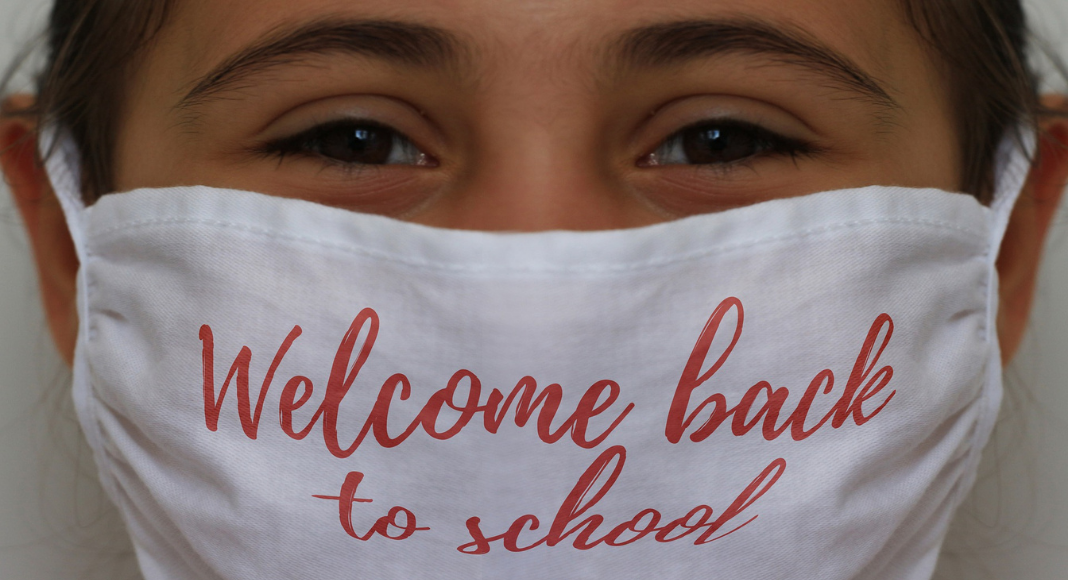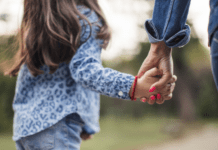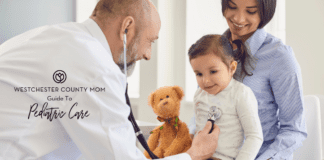 Way back in the early years of the twenty-first century, perhaps 2003 or 2004, I no longer remember precisely, a child in a school where I served as principal was diagnosed with leukemia. Doctors feared. With his severely compromised immune system, his medical team felt he should not attend school in person.
Way back in the early years of the twenty-first century, perhaps 2003 or 2004, I no longer remember precisely, a child in a school where I served as principal was diagnosed with leukemia. Doctors feared. With his severely compromised immune system, his medical team felt he should not attend school in person.
His parents had an idea. Rather than homeschool, could we video conference him into the classroom to continue learning with his peers? At the time, the plan was nothing short of a learning revolution. It also proved to be impossible. A combination of ultimately insurmountable obstacles thwarted our efforts. From what I remember, wires needed to be run from the street into the school. Even beyond the exorbitant cost, zoning regulations prohibited the necessary underground drilling.
Much has changed in the past decade and a half.
When schools were abruptly told to close this past March, remote learning happened essentially instantaneously. Monumental advances in technology are most certainly a substantial part of the story. Adaptability and resilience have also been central to the many successes experienced.
Moving into the 2020-2021 academic year, with the benefit of time to acclimate to our new reality, even more is being accomplished. Whether remote, hybrid, fully in person with new health protocols, fully outdoors, or in a range of brand new programs, teachers, parents, and children throughout the country and throughout the world show inspirational, innovative spirit and flexibility.
The changes amount to a quiet, or perhaps not so quiet, learning revolution.
For some, COVID has been a catalyst. Adapting to pandemic, protest, and economic uncertainty has led to options they had not previously even imagined possible. For others, COVID has been an accelerator, supporting learning options on which they had long been at work. Regardless, what has transpired is a quiet, or not so quiet, learning revolution.
Despite many claims to the contrary, schools and parents are preparing children for the 21st century world they are inheriting. This was by no means a given. For many years, at least the past decade, if not even longer, educational innovators have claimed that approaches designed for the 20th century have not been preparing our children for the 21st century. My voice, as a principal and a parent, was among those calling for change.
Now I feel humbled. Schools and families have prepared. COVID is a massive challenge we had no idea we were preparing to face, and yet, we have faced it, not perfectly, but with courage and openness to a plethora of possibilities.
The transition to learning in an age of pandemic has revealed both weaknesses and strengths in early childhood and K-12 schools. Many questions remain regarding where we go from here. And many are actively designing answers. Throughout the country, early childhood centers, K-12 schools, pods and micro-schools, homeschooling co-ops, and cooperative learning co-ops supporting homeschooling families in new and innovative ways are actively embracing the possible.
What will come from the exploration remains to be experienced. There are few times that such dramatic disruption offers the possibilities for renewal. While still in uncharted territory, common themes are emerging from our experiences throughout the past challenging months. These include, but are by no means limited to, strengthening relationships both locally and globally, promoting wellness, advocating for justice, supporting equity, and connecting deeply to the environment.
There now is hope for something more than we had before. Joining in the conversation of what is, and what might be, can bring us much closer to the educational experiences we have long dreamed of for our children. Even for possibilities we had not even imagined.




















